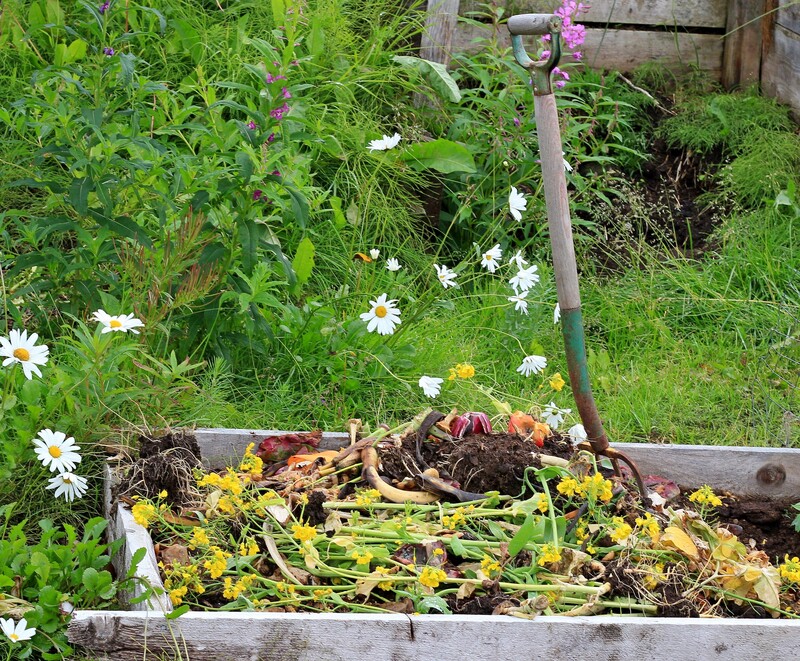From Awareness to Action: Stopping Microplastic Pollution
Microplastic pollution is emerging as one of the most pressing environmental issues of our age. These tiny plastic particles, less than 5mm in size, infiltrate the deepest oceans, the highest mountains, and the bodies of innumerable creatures, including humans. While awareness of microplastics has risen sharply, effective action is necessary to stem their environmental impact. In this comprehensive article, we journey from understanding the problem to outlining bold steps for microplastic pollution reduction and elimination.

What Are Microplastics?
Microplastics are small plastic fragments that originate from the breakdown of larger plastic items, such as bottles and bags, or are directly manufactured as microbeads for products like exfoliants and toothpaste. Because of their minute size, these particles evade most filtration systems, ending up in rivers, oceans, soil, and even the air we breathe.
Types of Microplastics
- Primary microplastics: Manufactured as small particles (microbeads) for personal care products, industrial abrasives, and pre-production pellets (nurdles).
- Secondary microplastics: Result from the breakdown of larger plastics due to UV radiation, physical abrasion, and other environmental factors.
Sources of Microplastic Pollution
Understanding the sources of microplastic contamination is crucial for devising control measures. These are some of the key contributors:
- Textile fibers: Clothes made from synthetic fabrics shed microfibers during washing.
- Car tires: Tire abrasion on roads releases particles into the atmosphere and waterways.
- Personal care products: Microbeads in scrubs, toothpastes, and some cosmetics.
- Plastic waste: Improperly managed plastic waste breaks down into microplastics.
- Industrial processes: Pellet loss and unintentional plastic spills during production and transport.
Why Is Microplastic Pollution a Problem?
The impact of microplastics goes far beyond marine litter. Detrimental to ecosystems, human health, and food safety, these pollutants are now regarded as ubiquitous environmental toxins.
Environmental Impact
- Marine life ingestion: Plankton, fish, seabirds, and mammals often mistake microplastics for food, leading to physical harm and chemical contamination.
- Food chain contamination: Microplastics, and the toxic substances they carry, move up the food web, potentially impacting all organisms, including humans.
- Habitat disruption: Sediment-laden plastics change the physical properties of aquatic environments, affecting microorganism communities and overall health of ecosystems.
Human Health Concerns
- Food and water: Studies have found microplastics in seafood, table salt, drinking water, and even beer.
- Inhalation risk: Microplastics are present in household dust and air, posing unknown risks to respiratory health.
- Toxicity: Microplastics can absorb harmful chemicals like persistent organic pollutants (POPs), which may bioaccumulate in the body.
Raising Awareness: The First Step
Facing the growing threat of microplastic pollution, public awareness and education play a leading role. By understanding the sources, risks, and long-term impacts of microplastics, individuals and communities are better equipped to demand and implement change.
Methods to Increase Awareness
- School programs: Integrating environmental education into curriculums.
- Community campaigns: Organizing local cleanups, workshops, and informational events.
- Media coverage: Documentaries, investigative reports, and social media campaigns that spotlight the scope of microplastic problems.
- Industry transparency: Companies publishing data on plastic use and waste, boosting consumer consciousness.
Moving From Awareness to Action
While raising awareness is vital, transitioning to concrete measures to stop microplastic pollution is the only way to ensure a sustainable future. Individuals, governments, industries, and organizations each have a part to play.
What Individuals Can Do
- Reduce plastic consumption: Choose reusable bags, bottles, and avoid single-use plastics.
- Laundry habits: Use washing machine filters, wash clothes less often, and choose natural fibers over synthetics.
- Support microbead-free products: Opt for cosmetics and personal care items that are labeled "microplastic-free".
- Responsible disposal: Recycle whenever possible and avoid littering.
- Advocacy: Spread knowledge, support organizations, and urge policymakers to address plastic pollution.
Community and Organizational Actions
- Local cleanups: Participate in or organize river, beach, and city cleanups to remove plastic waste before it turns into microplastics.
- Educational initiatives: Work with schools, NGOs, and local authorities to raise microplastic awareness.
- Promote alternatives: Encourage businesses to adopt biodegradable or reusable packaging options.
Government and Policy-Level Steps
- Bans and restrictions: Legislate against the use of microplastics in personal care products and restrict single-use plastics.
- Waste management upgrades: Invest in better collection, sorting, and recycling infrastructures.
- Support for innovation: Fund research into plastic alternatives and cleanup technologies.
- Water treatment improvements: Update filtration and treatment processes to capture microplastics more effectively.
Industry Responsibility
- Product redesign: Shift towards sustainable design, using recyclable or biodegradable components.
- Responsible sourcing: Prefer sustainable materials over virgin plastics.
- Closed-loop systems: Implement recycling and take-back programs for products and packaging.
- Microfiber reduction: Invest in developing textiles that shed fewer fibers during use and washing.
Innovative Solutions and Technology
Technological advancements are essential to win the battle against microplastic contamination. Here are some of the promising developments:
Cutting-edge Filtration
- Advanced wastewater treatment: Employing membrane bioreactors, nanofilters, and other novel filtration systems to capture microplastics before they enter waterways.
- Household technologies: Launching washing machine filters and laundry balls designed to trap microfibers.
Biodegradable Alternatives
- Bioplastics: Creating products from renewable resources (cornstarch, seaweed, etc.) that naturally degrade without leaving microplastic residues.
- Natural fiber textiles: Promoting cotton, hemp, bamboo, and other sustainable, biodegradable clothing materials.
Clean-Up Technologies
- Seabin projects: Deploying floating garbage bins at marinas that filter debris, including microplastics, from the water.
- River and ocean cleanup devices: Using booms, skimmers, and autonomous vehicles to collect plastic pollution before it breaks down further.
Global Initiatives and Collaboration
No single country or entity can eradicate microplastic pollution alone. International cooperation is vital.
Major Initiatives
- UN Environment Programme (UNEP): Launches campaigns and global agreements to reduce plastic waste and pollution.
- International treaties: Recent efforts aim to develop a legally binding agreement on plastics by 2024.
- NGO partnerships: Organizations like Plastic Pollution Coalition and Ocean Conservancy unite communities and industries for broader impact.
Challenges and Gaps Remaining
Despite notable progress, numerous obstacles remain on the path from awareness to action.
- Lack of awareness: Many people are still unaware of the extent and seriousness of microplastic issues.
- Weak regulation: Not all regions have stringent policies on plastic use or microplastic discharge.
- Technological limitations: Current filters and recycling technologies may not capture the smallest microplastic particles.
- Cost: Many plastic alternatives and advanced filtration systems are still relatively expensive for mass adoption.

The Path Forward: Collective Commitment
Ending microplastic pollution demands coordinated efforts across all levels of society. While strides have been made in raising awareness, the transition to effective, scalable action will determine the future of our planet's ecosystems and human health.
- Education and advocacy must continue to inform and inspire people to change daily habits and demand responsible business practices.
- Research and innovation are crucial to develop biodegradable materials, effective filtration, and large-scale cleanup solutions.
- Legislation and policy reform are necessary to enforce bans, strengthen regulations, and penalize plastic polluters.
- Global partnerships should be fortified, ensuring sharing of best practices and resources for collective action.
Conclusion: From Awareness to Action--A Plastic-Free Future
Addressing the challenge of microplastic pollution is a complex but achievable goal. Through a blend of public awareness, individual responsibility, innovative technologies, policy interventions, and collaborative efforts, we can significantly decrease microplastic pollution and begin to restore ecological balance. The journey from awareness to impactful action lies in empowering each of us to make conscious choices and demanding systemic change for the health of our planet.
Let this be not just a moment of realization, but a time for collective transformation. The sooner we act together, the more quickly we can turn the tide against this insidious threat and ensure a clean, vibrant, and resilient environment for generations to come.